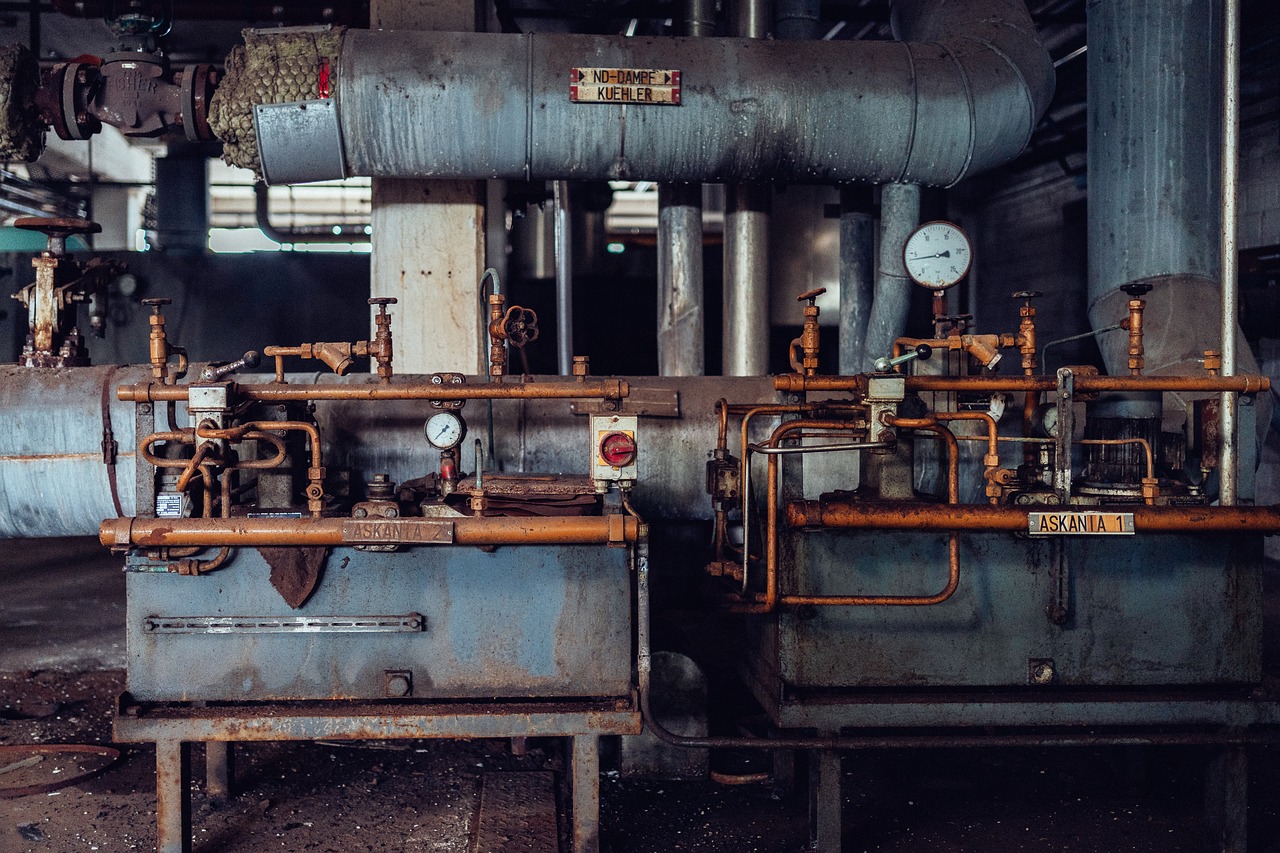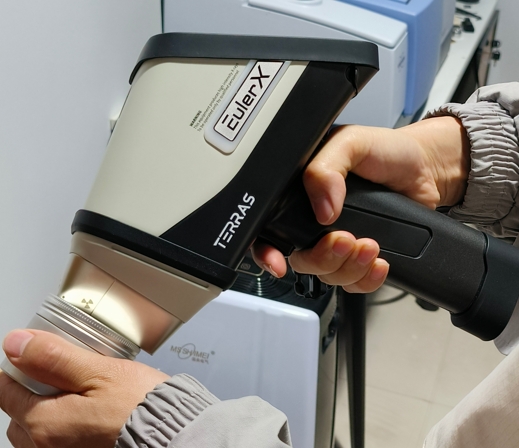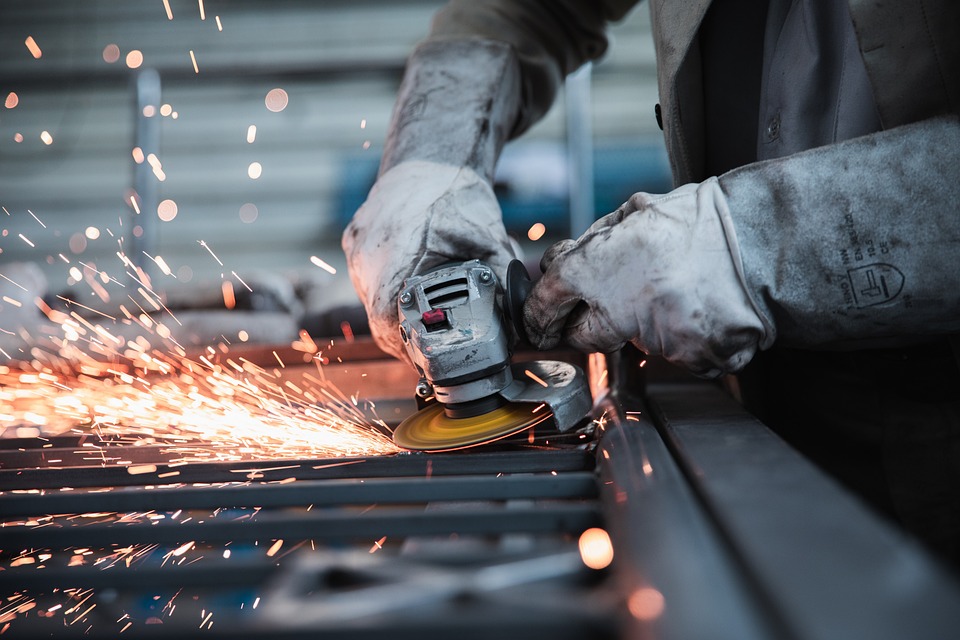
Alloy
A high-tech enterprise focusing on the development and application of X-ray technology products, committed to becoming a leading supplier of X-ray industrial testing solutions.
A Beginner's Guide to Understanding Used Catalytic Converter Prices
As environmental regulations become increasingly stringent, the catalytic converter has become an essential component in every vehicle. This device, which helps reduce harmful emissions, has a value beyond its function in the car—it also holds significant worth as a recyclable item. If you're new to the world of used catalytic converters and their pricing, this guide will help you understand the factors that influence their value and how to navigate the market.
What is a Catalytic Converter?
A catalytic converter is a device located in the exhaust system of a vehicle. Its primary purpose is to convert harmful pollutants from the engine's exhaust gases into less harmful emissions before they exit the vehicle's exhaust system. The converter uses a catalyst, typically made from precious metals like platinum, palladium, and rhodium, to facilitate this chemical transformation.

Why Are Used Catalytic Converters Valuable?
The value of used catalytic converters largely comes from the precious metals they contain. These metals are rare, expensive, and have significant industrial uses. Here’s a quick breakdown:
Platinum: Used in various industrial processes, jewelry, and electronics.
Palladium: Essential for electronics, dentistry, and jewelry.
Rhodium: Extremely valuable and primarily used in catalytic converters and the glass industry.
Given the high demand and limited supply of these metals, the scrap value of catalytic converters can be quite high.
Importance of XRF Analyzers Measuring Precious Metals in Used Catalytic Converters
XRF (X-ray Fluorescence Spectrometer) analysis of precious metals in used catalytic converters is of great significance to multiple stakeholders. Here are a few key aspects:
1. Quality Control and Precious Metal Detection
When recycling and reusing used catalytic converters, it is critical to know the precious metal content in them. XRF analyzers can provide accurate and rapid precious metal content measurements to help ensure quality control of the recycling process. By testing the precious metal content, unnecessary losses or disputes can be avoided and the sustainability of the recycling process can be ensured.
2. Optimizing Recycling
Accurately measuring the precious metal content in used catalytic converters can help recyclers optimize their recycling processes. By knowing the precious metal content in each sample, recyclers can better manage their resources, choose the most optimized recycling path, and maximize recycling efficiency. This is critical to improving recycling profit margins and reducing dependence on raw materials.
3. Price Determination and Trading
The precious metal content directly affects the market value of used catalytic converters. XRF analyzers can help sellers accurately determine the precious metal content of their products, thereby determining a reasonable price and providing basis and confidence in transactions. For buyers, accurate precious metal content measurements can help them make informed purchasing decisions and ensure that they get the product they expect.

4. Regulatory Compliance
Regulatory compliance is critical for the metal recycling industry. In some regions, there are regulatory limits on the precious metal content in used catalytic converters. Using XRF analyzers for precious metal content measurement can help companies comply with local regulations, ensure the legality of their business, and avoid possible fines or other legal issues.
Terra EulerX 900 series handheld XRF analyzers play a pivotal role in accurately analyzing lead concentration and other heavy metal elements in tested alloy samples, thereby enhancing the reliability and credibility of on-site analysis and product inspection. These analyzers serve for rapid product screening by quality inspection departments or in the selection of raw materials in alloy processing. Their introduction enhances efficiency in quality testing, environmental risk assessment, and alloy product processing, ultimately reducing time and costs incurred.
In summary, XRF analyzers are important for measuring the precious metal content in used catalytic converters. It can not only help optimize the recycling process and improve recycling efficiency, but also help ensure the fairness and legality of trade transactions. Therefore, in the metal recycling industry, XRF analyzers are an indispensable tool.
Conclusion
Understanding the value of used catalytic converters can help you maximize your returns when selling them. The key is to stay informed about the precious metal content, monitor market trends, and choose reputable buyers. With these insights, you can confidently navigate the market and get the best price for your used catalytic converter.
Whether you're looking to sell a single converter or delve into the recycling business, this knowledge will serve as a solid foundation for making informed decisions. Happy selling!
Join Us
Subscribe to our email list for updates & promotions.



